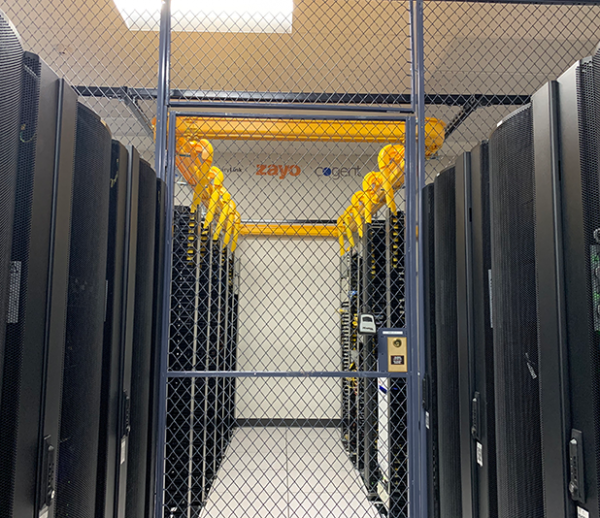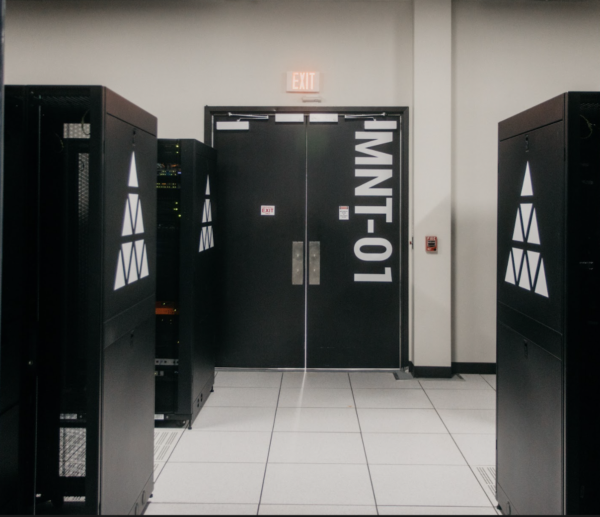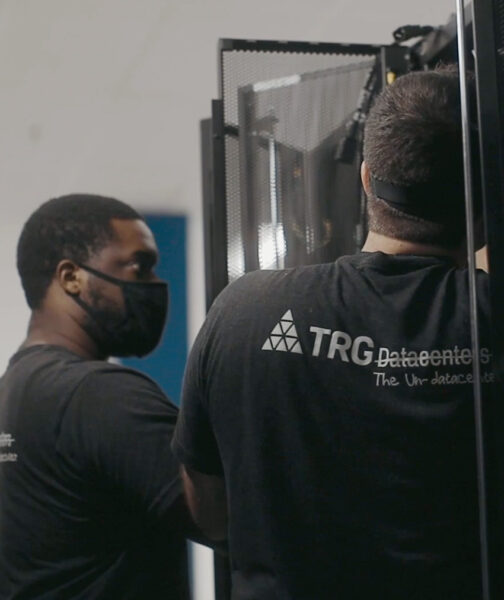A straight look at the roles, skills, and trends shaping top IT salaries this year
The Real State of IT Careers Right Now
The IT industry is growing, and the numbers back it up. The Bureau of Labor Statistics projects 11 percent growth in IT jobs from 2023 to 2033. Median pay is already over $104,000, double the national average. But the story is more complex than constant growth and easy money.
Technology isn’t just creating jobs. It’s changing them. And in some cases, it’s starting to eliminate them.
Why Some IT Roles Pay So Much
High-paying jobs in IT go to people who solve valuable problems. These professionals aren’t just writing code or fixing servers. They’re aligning systems to business strategy, securing critical infrastructure, and developing platforms that scale across the globe.
Top roles pay what they do because they require more than technical ability. They demand communication, strategic thinking, and leadership.
The Roles Leading the Pay Scale in 2025
Software engineers, especially those building scalable systems or specialized platforms, continue to be in high demand. Senior engineers earn over $180,000. Those with full-stack experience and deep cloud knowledge are especially valuable.
Machine learning engineers are rising fast. With AI touching every sector, these professionals are building models that power decisions, automation, and product experiences. Average salaries are now north of $200,000.
Principal engineers, technical program managers, and engineering managers hold high-value roles in product-driven companies. These positions reward a track record of delivery, architectural decisions, and the ability to lead teams across complex initiatives.
The Quiet Risk AI Poses to Mid-Level Developers
Not all developer jobs are created equal. While senior engineers and architects are hard to replace, entry-level and mid-tier software developers face real risk from AI-assisted coding tools.
Generative AI platforms like GitHub Copilot or Amazon CodeWhisperer can now produce working code from prompts. That doesn’t mean they replace developers altogether, but they do cut down the need for routine work.
If your skill set focuses mostly on writing CRUD applications, API wrappers, or low-complexity UI, you’re at risk of being automated or augmented into a lower-value role. Companies are already shifting expectations. They want engineers who can design systems, debug at scale, and manage integration, not just write syntax-correct code.
Developers who want to protect their earning potential need to specialize, move up into systems thinking, or shift into adjacent roles like DevOps, SRE, or product architecture.
The Rise of Specialized Fields
Fields like cybersecurity, cloud infrastructure, and data science are still climbing. Each requires a focused skill set that is hard to automate.
Cybersecurity remains a major concern. The cost of a breach continues to rise, so companies are spending more to hire and retain top-tier security talent. AI may help detect threats faster, but human experts are still needed to interpret, respond, and redesign systems.
Site reliability engineers, cloud architects, and database administrators manage live environments where reliability matters. These roles blend software and operations, and while AI tools can help automate certain tasks, they can’t replace the decision-making required when systems fail or scale unpredictably.
Where AI Leaves Data Center Roles
Physical IT infrastructure jobs like data center technicians face a different kind of challenge. On one hand, demand for data centers is growing as AI adoption increases. On the other hand, hyperscale providers like Amazon and Microsoft are investing in more automation at the physical level.
Technicians who handle remote support such as rack and stack, cable and label, hardware swaps or power resets are going to see increased demand. The same goes for roles tied strictly to routine maintenance at the data center. Think about power systems, cooling systems, and more. Automation and robots in the data center are further away than many think.
What’s even more valuable today is a technician who understands monitoring systems, remote diagnostics, and automation workflows. That’s the future. If you can bridge physical infrastructure with software-based orchestration tools, your value increases.
Where These Jobs Are in Demand
Top-paying roles exist across many industries. While the biggest names in tech still dominate salary rankings, enterprise businesses in healthcare, energy, finance, logistics, and defense are building out their own IT departments.
With the rise of remote work, top jobs are more widely distributed. You no longer need to live near a tech hub to compete for top-tier roles. What matters more is that you have the skills, certifications, and ability to show value fast.
What You Need to Compete
Bachelor’s degrees still matter, but they’re not enough by themselves. Certifications in cloud, security, or specific platforms are often the difference between getting a callback and being ignored.
Certifications like AWS Solutions Architect, Google Professional Data Engineer, or CompTIA Security+ help show that you can apply your skills to real-world problems.
Internships and real-world experience matter more than course completions. Whether you’re applying for an analyst role or a backend engineer position, hiring managers want proof of performance.
Networking also helps. Your resume gets you through filters, but referrals, conversations, and visibility in technical communities can push your name to the top of the list.
Academic Credentials vs. Real-World Skills
Formal degrees still open doors, especially for research or high-security jobs. But in most cases, it’s the projects you’ve completed and the problems you’ve solved that matter.
Online degrees have made it easier to level up. Programs focused on AI, cybersecurity, or advanced systems design can give you the structure and credentials needed to move into high-paying specialties.
At the same time, IT remains one of the few sectors where skill can still beat pedigree. That’s changing slowly, but the right experience still counts.
Tech Trends That Are Reshaping the Workforce
AI is already reshaping the workforce. Developers are being asked to work faster with AI tools. Analysts are expected to interpret output from machine learning models. System administrators are expected to handle increasingly complex environments driven by policy-based automation and real-time alerts.
Quantum computing is starting to shift from theory to application. Companies exploring this space are already hiring algorithm specialists and researchers who can build for new types of systems.
5G/6G and IoT are creating new expectations for infrastructure. IT teams need to design networks with low latency and high availability. That brings new roles for network engineers who can manage complex, distributed systems.
The Uneven Future of IT Jobs
If you’re in a high-skill role that combines deep expertise with business awareness, your job is probably safe for now. But for people in roles built around repetition, process, or legacy systems, automation is coming faster than many expect.
That includes parts of IT support, basic QA testing, mid-level development, and some technician jobs. The fix isn’t panic. It’s focus. Learn the tools. Understand the direction. Move up the value chain.
Where IT Careers Are Headed Next
The highest-paying jobs in IT are still within reach. But they’re not guaranteed.
You need to pay attention to the trends. Know where your job fits in the bigger picture. And be honest about how much of your daily work can be replaced by a script, a platform, or an AI model.
The people earning the most in IT today are not just coders or technicians. They’re strategists, integrators, and lifelong learners. They’re not afraid to shift gears when the landscape changes.
If you’re willing to do the same, you’ll stay ahead. If not, expect to be replaced – not by a better developer, but by a smarter system.
This is where IT is going. The question is whether you’re going with it.
Sources
U.S. Bureau of Labor Statistics – Occupational Outlook Handbook
https://www.bls.gov/ooh/computer-and-information-technology/home.htm
U.S. Bureau of Labor Statistics – Computer and Information Technology Occupations
https://www.bls.gov/ooh/computer-and-information-technology/computer-and-information-research-scientists.htm
Dice Tech Salary Report
https://www.dice.com/salary
CompTIA – IT Industry Outlook
https://www.comptia.org/content/research/it-industry-trends-analysis
GitHub Copilot by GitHub
https://github.com/features/copilot
Amazon CodeWhisperer
https://aws.amazon.com/codewhisperer/
Gartner – Emerging Technologies and Trends
https://www.gartner.com/en/information-technology







